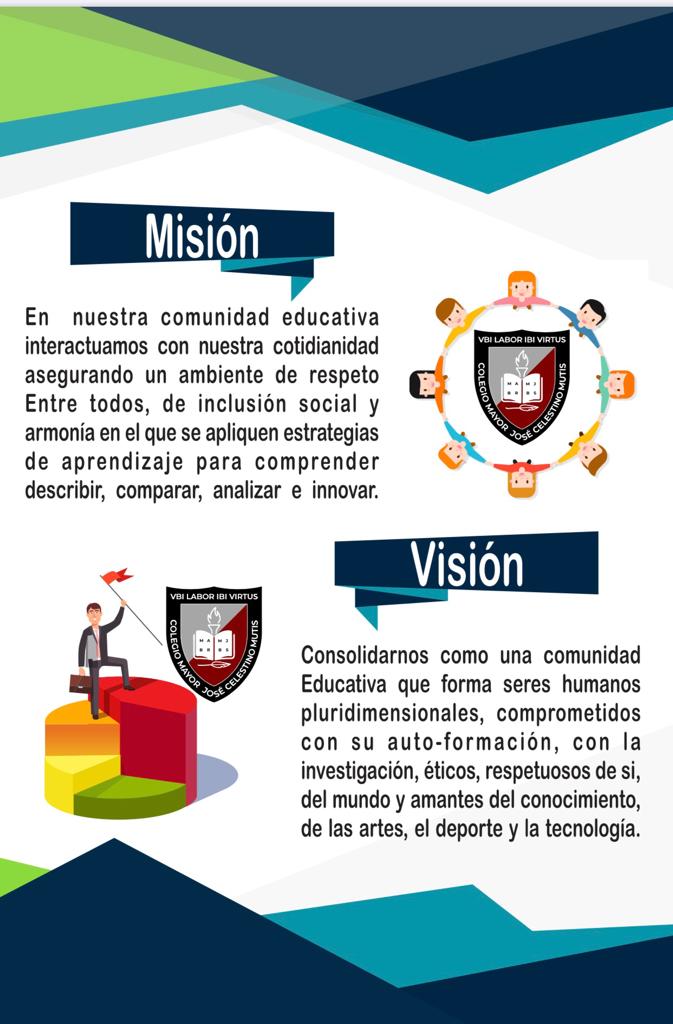Therapy treatment, such as cognitive behavioral therapy, may help people learn new behaviors and coping strategies to help them with long-term abstinence. Cocaine and alcohol can lead to higher impulsivity and lower inhibitions, which can increase risk taking. The combination of cocaine and alcohol can also cause people to take more of either or both drugs, which may lead to an overdose. Polysubstance drugs users may use opioids as well; in fact, cocaine and opioid is a popular drug combination. The cessation of use of illicit opioids correlated to decreases in cocaine and alcohol use in these subjects [43]. Among polysubstance users, the use of alcohol, opioids, and cocaine is particularly prevalent.
Signs of Cocaine Overdose
As cocaine is more readily available in many cities across the world, it is important for users to be fully aware of the short- and long-term health risks of using atorvastatin oral route description and brand names because the consequences can be fatal. Some people intentionally drink alcohol while using cocaine to feel the effects of cocaethylene. To remove cocaine, the body metabolizes the drug into chemicals called metabolites.
Cocaine and alcohol dependence
It is abused by several methods, including snorting it through the nose, smoking it, and injecting it intravenously. Cocaine is a stimulant drug derived from the leaves of the coca plant native to South America. According to a 2022 study, close to 25 million people around the world use drunk people feel soberer around heavy drinkers cocaine. We may receive advertising fees if you follow links to promoted online therapy websites. Enter your phone number below to receive a free and confidential call from a treatment provider. Individuals who use stimulants like cocaine commonly use other substances, often alcohol.
We Care About Your Privacy
Studies show half of those using cocaine receive a diagnosis of alcohol dependence. People who use cocaine and alcohol are also more likely to have injuries or adverse reactions and visit emergency rooms more often. Keep reading to learn how cocaine and alcohol affect the body and what happens when you mix the two. People believe taking both can boost the cocaine high and help avoid withdrawal.
Detoxification
People who use cocaine without any ethanol would have no measurable amount of cocaethylene in their system, but the ingestion of even small amounts of ethanol may result in production of cocaethylene [3]. Likewise, people who consume ethanol but take no cocaine or very little cocaine would not produce cocaethylene [40]. The greatest cocaethylene production would theoretically occur in a person who has a relatively high blood-alcohol level at the point in which they used cocaine [40]. In real-world clinical practice, it can be very difficult to predict cocaethylene concentrations in the blood, even when the exact amounts and timing of alcohol and cocaine use are known. The longer half-life of cocaethylene means that its measurable presence in the blood indicates that the person had used cocaine, even if cocaine is no longer detectable [3].
CBT is a short-term, goal-oriented therapy that focuses on the interplay between thoughts, feelings, and behaviors, and aims to empower individuals by teaching them coping skills to manage substance use triggers and cravings. Research has revealed that the abuse of substances like cocaine and alcohol can lead to significant changes in gene expression in the brain, particularly in areas related to memory and reward responses. These alterations can influence dopamine receptors and transcription factors, which play a crucial role in the development of addiction and its impact on cognitive functions, including memory and decision-making processes.
Some people who are trying to stop using cocaine may experience better outcomes from inpatient rehabilitation, especially because cocaine cravings can be intense during withdrawal, and relapse is common. Listed below are some of the physical, behavioral, and psychological signs of cocaine use. Get professional help from an online addiction and mental health counselor from BetterHelp.
Detox from both alcohol and cocaine may be covered due to the dangers of alcohol withdrawal. People can recover from cocaine and alcohol use disorders, and treatment can help them abstain from the future use of these drugs. The content published in Cureus is the result of clinical experience and/or research by independent individuals or organizations. Cureus is not responsible for the scientific accuracy or reliability of data or conclusions published herein.
It’s essential to be aware of these signs, symptoms, and health effects of cocaine use to break the habit and get treatment if needed. That substance is called cocaethylene, which is produced by the liver in the presence of cocaine and alcohol. Cocaethylene is a metabolite which is much more toxic than cocaine alone (Julien et al., 2011). As indicated above, this combination can result in death much more quickly than cocaine does when taken in isolation.
If you do not have access to a phone, contact Web Poison Control Services for online assistance. Anyone who has or knows someone who has a drug addiction may wish to consider contacting a support network. Following consumption, are psychedelics addictive alcohol can show for up to 6 hours in a blood test, 24 hours in a urine or saliva test, and 90 days in a hair test. Dealers may also mix cocaine with other additives, such as flour, talcum powder, or other drugs.
- Cocaethylene also stays around for a much longer time in the body than cocaine, and its toxic effects last longer.
- Do not disregard or avoid professional medical advice due to content published within Cureus.
- As a stimulant, cocaine increases levels of dopamine in brain circuits related to pleasure and movement, leading to intense feelings of euphoria.
- These approaches help to maintain abstinence from cocaine after detox.
The myth that alcohol and cocaine “cancel each other out” is therefore not only untrue, but actually dangerous. In reality, many people struggle with dependence on both substances, and the health problems that result. Cocaethylene can increase the feeling of euphoria that people get from the two drugs, but it also raises the risk of immediate death fold, and worsens the stress on your organs. Specifically, cocaethylene elevates liver toxicity,5 and can also damage your brain and cardiovascular system, leading to stroke, heart attacks, and sudden death. The short-lasting effects cause a user to repeat taking cocaine for the rewarding stimulus, which can result in a person eventually becoming addicted.
Unlike heroin and opioid drugs, there are no medications used to treat cocaine addiction. The treatment is focused on detoxification (also referred to as detox) and behavioral therapies. You might receive treatment with a pharmaceutical drug if you have a co-addiction that can be treated pharmacologically, such as an addiction to alcohol or opioids. The criteria is outlined in the Diagnostic and Statistical Manual of Mental Disorders, Edition 5 (DSM-5), a guide used by psychiatrists and other mental health professionals for the diagnosis and treatment of mental health conditions. With that said, studies have suggested that some groups are at the highest risk. These include people who also abuse alcohol and cannabis, as well as individuals who have depression.
As cocaethylene blocks the reabsorption of dopamine in the brain, it produces higher euphoric effects for both cocaine and alcohol, which can create a vicious cycle of taking more of each drug. A person is also more likely to engage in risky and violent behaviour. This is in part because of the opposing physiological effects of each drug. Cocaine can increase anxiety, whereas alcohol acts as a depressant, which relieves anxiety.
Effective recovery strategies must address both the physical and psychological components of co-addiction, as well as any co-occurring mental health disorders. One promising avenue is contingency management, which incentivizes positive behaviors and has shown efficacy in treating opioid use disorders, potentially applicable to co-addiction scenarios ( APA ). Understanding the psychological underpinnings of addiction, psychologists advocate for programs that reduce stigma and support patients in their recovery journey. Given the complex interplay between cocaine and alcohol use and its psychological ramifications, it is imperative for treatment programs to provide comprehensive care that tackles the multifaceted nature of co-addiction. This includes a focus on detoxification, rehabilitation, and cognitive behavioral therapy, as well as ongoing support mechanisms to aid in recovery and prevent relapse.
By recognizing the signs of addiction, those who are addicted can identify the problem, seek professional treatment, and experience lasting recovery. In addition to the production of cocaethylene, some drinkers believe that they can imbibe over longer periods of time because they do not feel the effects of alcohol, since cocaine sharpens their senses. This can be deadly, because a user will tend to drink more when they are unable to feel the consequences of doing so.

